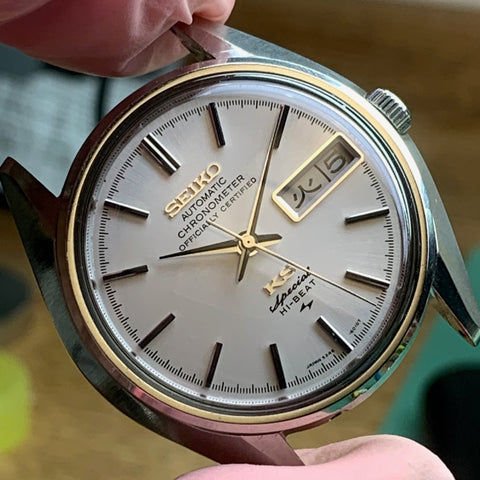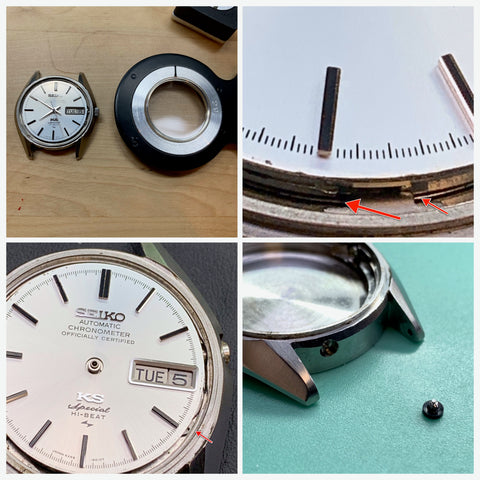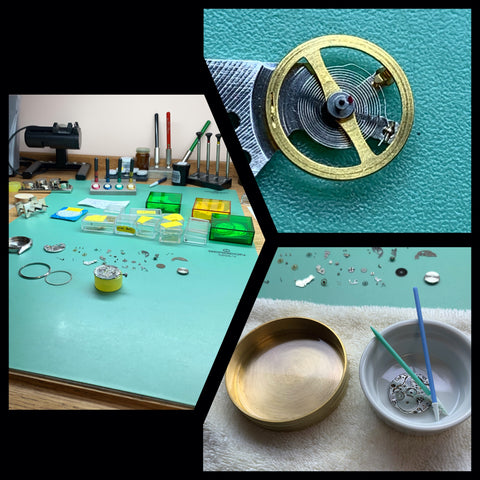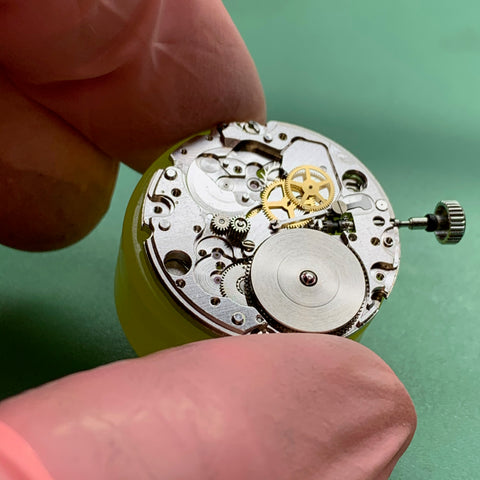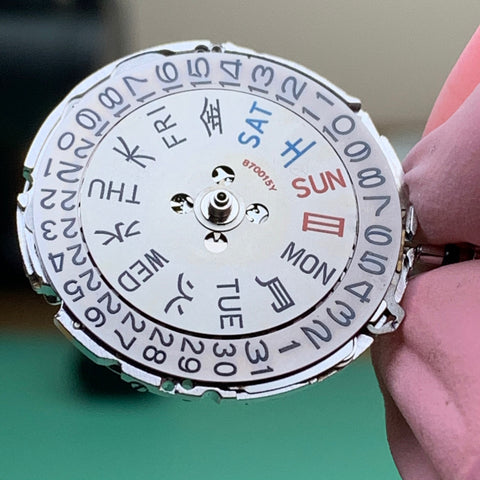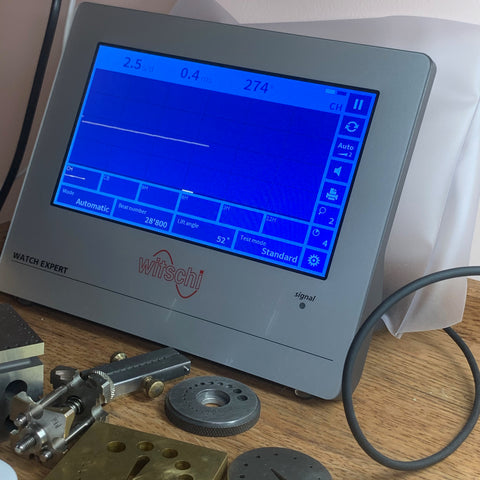I recently serviced this King Seiko 5246-6010 from 1971 for a ClockSavant customer. This watch reflects a unique era for Seiko and Japan, one of combined brilliance and insanity. Japan achieved intense global manufacturing success in early 1970's. Their confidence brought increased innovation and experimentation. At the same time, Seiko's mechanical divisions were competing and grappling with the threat of quartz movements. Given its quirks, this watch was not easily serviced. Regardless, after servicing it is the one of the most accurate watches I've restored, modern or vintage. That it's almost 50 years old makes the result even more satisfying. It maintains COSC performance across all 6 positions throughout much of its power reserve. Some of Seiko's design decisions had me staring at the watch for hours. It wasn't difficulty, but instead simply wondering why a decision was made. For example when you quickset the date, you also wind the mainspring by-hand. The case itself is unique. One-piece "monobloc" cases require the crystal to be removed and the movement extracted through the top. This crystal is very tight and unusually brittle, the brittleness made worse with age. Using the best tools available to include the original Seiko tooling, all of which I have, you stand a great chance of cracking the crystal as you compress it for removal or insertion. To address this, I combined the original crystal's tension ring with a Swiss crystal-- one higher quality and far more serviceable. The watch can be regulated from outside the case via the screw opening you see in the pictures. This, along with the stem removal method wherein you simply depress a lever on the exposed dial rather than violently remove the stem as with many monoblocs, are brilliant design decisions if one insists on a monobloc design. The movement itself is secured into the case via a very unusual twisting/sliding method which is very effective but difficult nonetheless.
